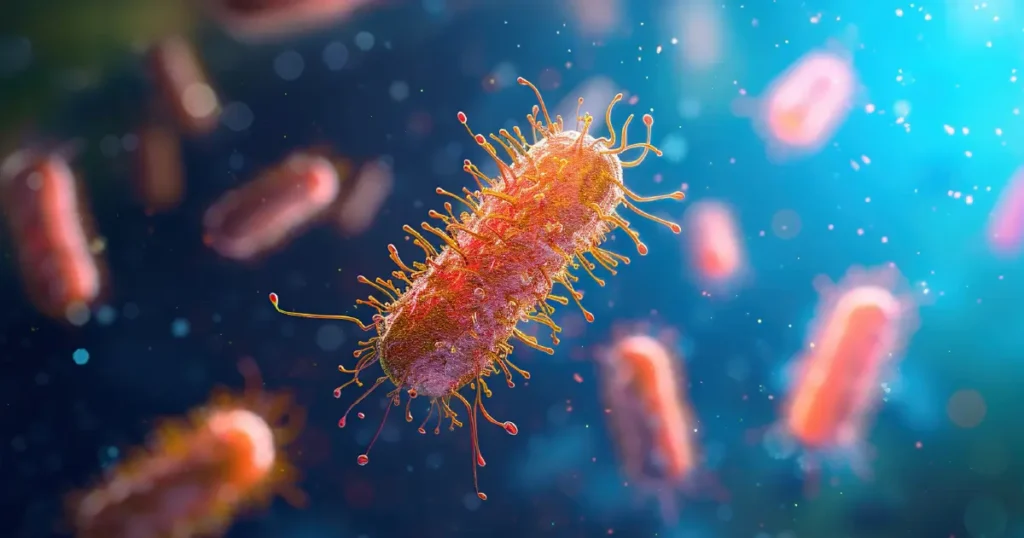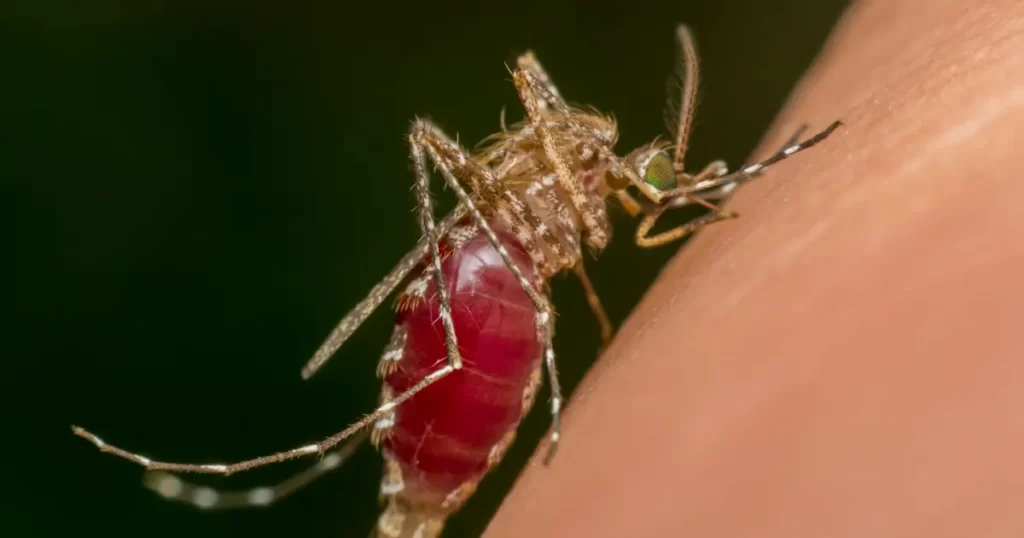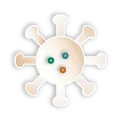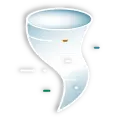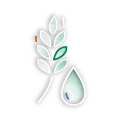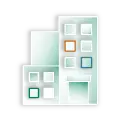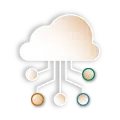Introduction
In a world where health threats move faster than ever—whether from climate disruptions, zoonotic diseases, or global supply chain shocks—our collective safety depends on the strength of the systems that connect us. The concept of Interconnected Health Systems reflects this shift: it’s not only about responding to crises but ensuring that data, resources, and expertise flow seamlessly across sectors before those crises begin.
The One Health framework turns this vision into practice, linking human, animal, and environmental health through shared governance and coordinated action [5]. It recognizes that in an age of complexity, resilience depends not on isolated strength but on systemic connectivity.
How can we build networks resilient enough to protect health across borders, species, and generations?
The Interconnected Web of Health
Every health system functions within a larger web of connections. Hospitals rely on laboratories, farms depend on environmental conditions, and public health authorities depend on timely data. When one link breaks, the entire chain weakens.
Modern health resilience is built on data integration and early warning systems—not just on medicines or hospitals.
- Shared data platforms now allow simultaneous tracking of zoonotic outbreaks across human and animal populations [5].
- Environmental sensors detect climate-driven disease risks such as malaria resurgence or waterborne infections [3].
- Digital health records enable quicker responses to cross-border emergencies [2].
These examples show that prevention begins with coordination, not reaction. Each sector must function as part of an ecosystem that listens, learns, and acts together.
A Unified Health Framework
The One Health Approach strengthens system resilience by promoting collaboration among doctors, veterinarians, environmental experts, and policymakers [4]. It moves global health governance from isolated responses to coordinated preparedness.
At its core, One Health relies on three interdependent pillars:
- Human health: Expanding care access and improving early warning for outbreaks.
- Animal health: Strengthening veterinary surveillance and responsible management practices [4].
- Environmental health: Monitoring ecosystem shifts and pollution patterns to anticipate health threats [3].
Integration happens through shared task forces, data platforms, and cross-ministry coordination. For example, in several countries, veterinary and clinical laboratories now share antibiotic resistance data via integrated dashboards—a small step with life-saving potential [1].
AMR and the Cost of Disconnection
The antimicrobial resistance crisis demonstrates what happens when systems fail to connect. When hospitals, farms, and regulators operate in silos, data gaps grow—and pathogens exploit them.
AMR isn’t merely a biological problem; it’s an interoperability problem. Fragmented data, delayed reporting, and weak global coordination allow resistant microbes to spread unnoticed [1]. The lesson is clear: resilience depends on connectivity. Unified surveillance, transparent communication, and joint accountability turn information into prevention.
Innovation Through Interconnected Health Systems
Innovation today means more than scientific breakthroughs—it means integrated intelligence. Advances in artificial intelligence, geospatial analytics, and real-time data modeling allow experts to predict, detect, and mitigate threats before they escalate [2].
For instance, AI-powered health dashboards now combine clinical, agricultural, and environmental data to identify early signs of disease spillover [3]. Satellite monitoring tracks changes in temperature and land use linked to mosquito-borne illnesses. Telehealth networks bridge medical gaps in remote regions, ensuring faster care and knowledge sharing.
These digital innovations form the nervous system of modern public health—connecting laboratories, clinics, and communities across disciplines and continents.
A One Health Approach
True integration happens when shared vision becomes shared infrastructure. Across Asia and Africa, pilot programs have connected veterinary and human surveillance systems to detect zoonotic outbreaks in real time [4]. In Europe, multi-sectoral “One Health Data Hubs” link environmental monitoring with hospital microbiology [5].
This model of operational interoperability turns collaboration into capability. By embedding One Health principles into data architecture and emergency response plans, nations build stronger foundations for global resilience.
Conclusion
Interconnected Health Systems are the backbone of preparedness in a changing world. When information, expertise, and resources move seamlessly across borders and sectors, our ability to prevent, detect, and respond to health threats multiplies.
Building resilience means building connections—between people, species, and systems. In that connected future, no outbreak goes unnoticed, no signal goes unheard, and no nation stands alone. Because health, like the planet itself, depends on the strength of the networks that unite us.
References
- World Health Organization (WHO), 2023. Global Antimicrobial Resistance and Use Surveillance System (GLASS) Report 2023. Geneva: WHO. Available at: https://www.who.int/initiatives/glass
- O’Neill, J., 2016. Tackling Drug-Resistant Infections Globally: Final Report and Recommendations. London: HM Government. Available at: https://amr-review.org/sites/default/files/160518_Final%20paper_
with%20cover.pdf - Van Bruggen, A.H.C., Goss, E.M., Havelaar, A. et al., 2019. ‘One Health—Cycling of diverse microbial communities as a connecting force for soil, plant, animal, human, and ecosystem health.’ Science of the Total Environment, 664, pp.927–937. Available at: https://doi.org/10.1016/j.scitotenv.2019.02.091
- Food and Agriculture Organization of the United Nations (FAO), 2023. Tripartite and UNEP support for the One Health Joint Plan of Action (2022–2026). Available at: https://www.fao.org/one-health/en/
- Centers for Disease Control and Prevention (CDC), 2024. One Health Basics. Available at: https://www.cdc.gov/one-health/about/index.html


